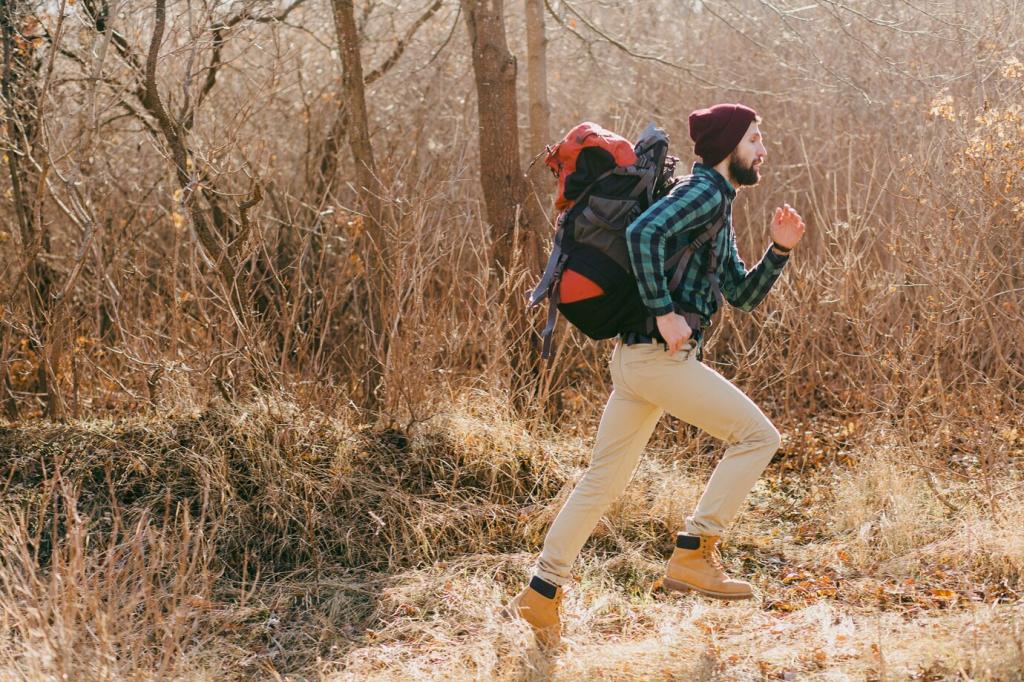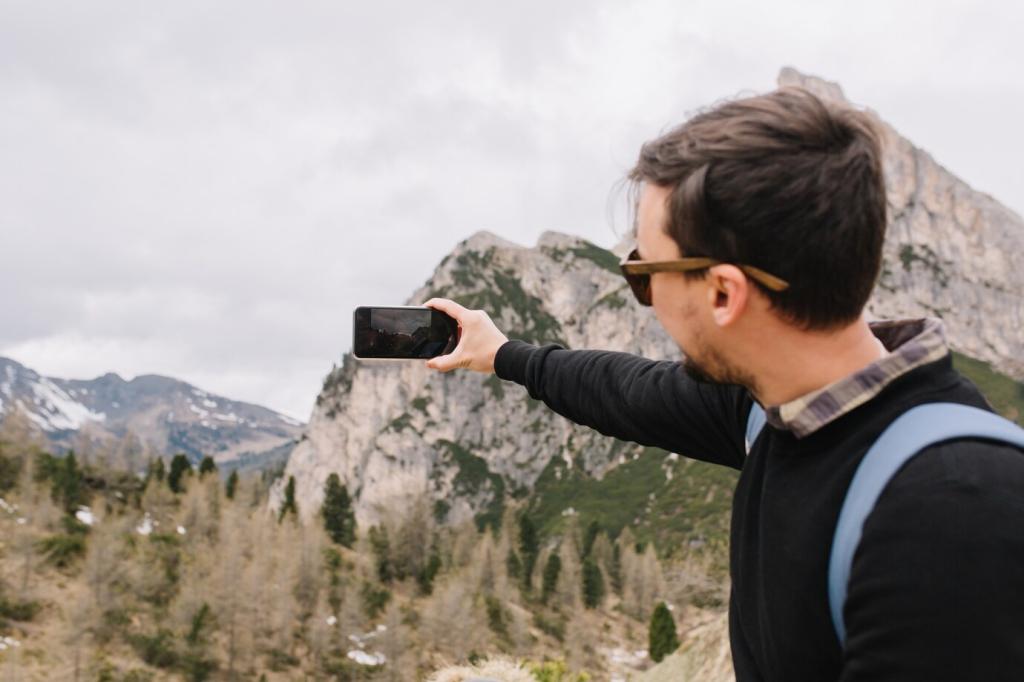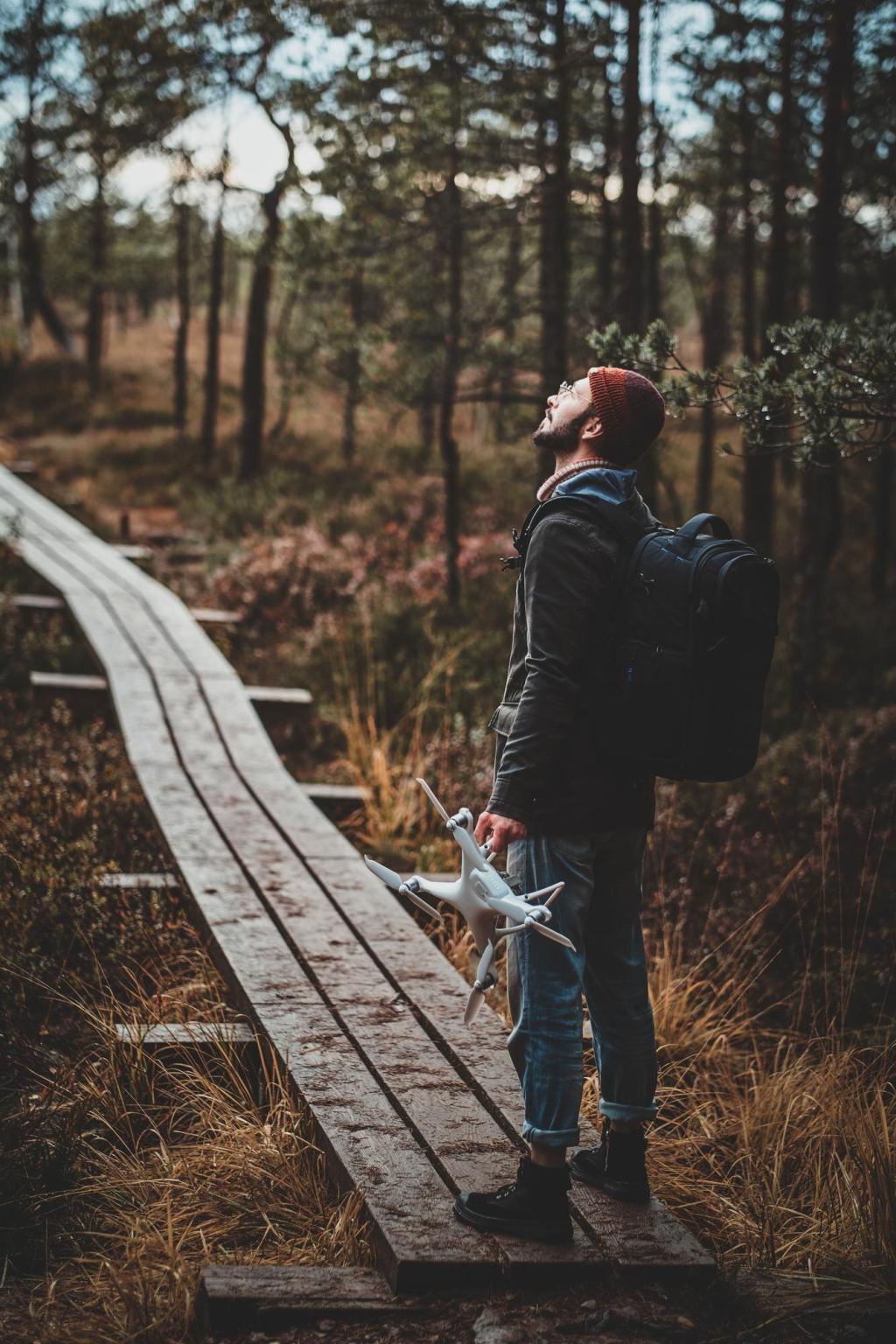Color, White Balance, and Thoughtful Editing
Start near 5200K for neutrality, then warm or cool intentionally. Let peach, magenta, and cobalt sing without smothering detail. If you saw honeyed light, reflect it. Comment how your eyes perceived the scene and whether your final white balance matched memory.
Color, White Balance, and Thoughtful Editing
Shoot RAW to recover delicate gradients and avoid banding in magenta skies. Tame highlights, lift midtones gently, and preserve believable blacks. A light touch keeps pond reflections natural. Share your favorite local adjustments for balancing sky drama with calm foregrounds.




